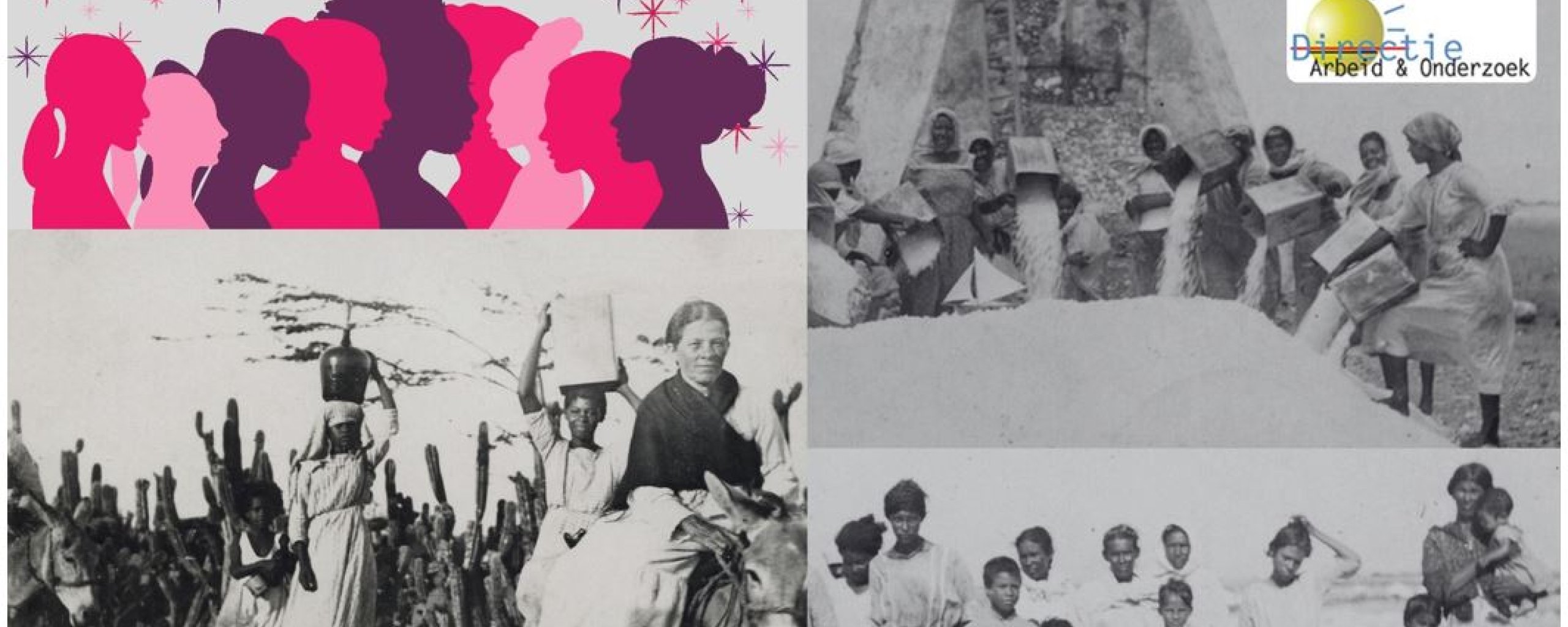DAO commemorates International Women's Day
ORANJESTAD – On March 8, International Women's Day, the world celebrates and commemorates women's progress.
In connection with its 20th anniversary, the Department of Labor and Investigation celebrates this day by sharing some interesting facts about the participation of 100 years of women in the job market.
In addition to historical data from 1924, DAO also presents data on the current situation. Particularly on International Women's Day, DAO aims to illustrate the importance of Goal #5 (Gender Equality) and Goal #8 (Decent Work and Economic Growth) of the Sustainable Development Goals (SDGs).
The International Labor Organization (ILO) and United Nations theme for International Women's Day 2024 is Invest in Women: Accelerate Progress. The general theme covers five key areas that require attention and action to ensure women do not fall behind.
Here are five key areas needing joint action:
1. Investing in women, a human rights issue.
2. Ending poverty
3. Implementing gender-responsive financing
4. Shifting to a green economy and care society
5. Supporting feminist change-makers.
Studies show that the investment made in women’s progress is also invested in and shared with the community. Women use the investment not only for their well-being but also for their families.
1924 Aruba
Historically, women were active in the labor market in Aruba. Of the total employed population in 1924, 59% were women, and 41% were men. The 20th century was economic, though. Unemployment and drought resulted in periods when most men (married and unmarried) went looking for work abroad (Venezuela, Colombia, Cuba, Curaçao, and Suriname). During this period, women did not remain inactive or dependent on money from the outside. Money from abroad took time to arrive in Aruba, and many factors affected the men's ability to provide for their families. Household expenses and the number of children to feed were the reasons for women to work. In 1924, the professions most commonly practiced in Aruba were hat weavers (39%) and farmers (22%). Both sexes worked in agriculture, with men mainly farming and women making hats. Since hat-making was at home, women combined this work with raising their children.
The following table gives an overview of the jobs held by women in the year 1924:
| Top 3 jobs held by woman | 1994 |
| Hatmaker | 67% |
| Seamstress | 16% |
| Maid | 6% |
Source: Kelly, Lucia (1999). Participation of Aruban women in the labor market in the period 1900 – 192. Publication of the Aruba National Archives.
The data contradicts the image of women as only homemakers. However, the reality is that despite the prejudice of working and caring for children, women significantly contributed to the workforce.
Aruba 2024
The data shows positive developments in gender equality in the labor market.
The following list provides a view of the position of the person of the woman in the labor field.
- Of all the permanent (for an indefinite period) employment contracts, women hold 53% of these types of contracts;
- Of the working population with a tertiary education (HBO+), 58% are women;
- Women dominate higher skill-level occupations and represent 56% of these occupations.
The Department of Labor and Investigation congratulates all women who make extraordinary contributions to the economy of Aruba.
You may find more statistics on women in the labor market in the following document:
DAO commemorates International Women's Day
- stats_dao_hende_muhe_riba_mercado_laboral_aruba.pdflink to pdf file841,1 KB

